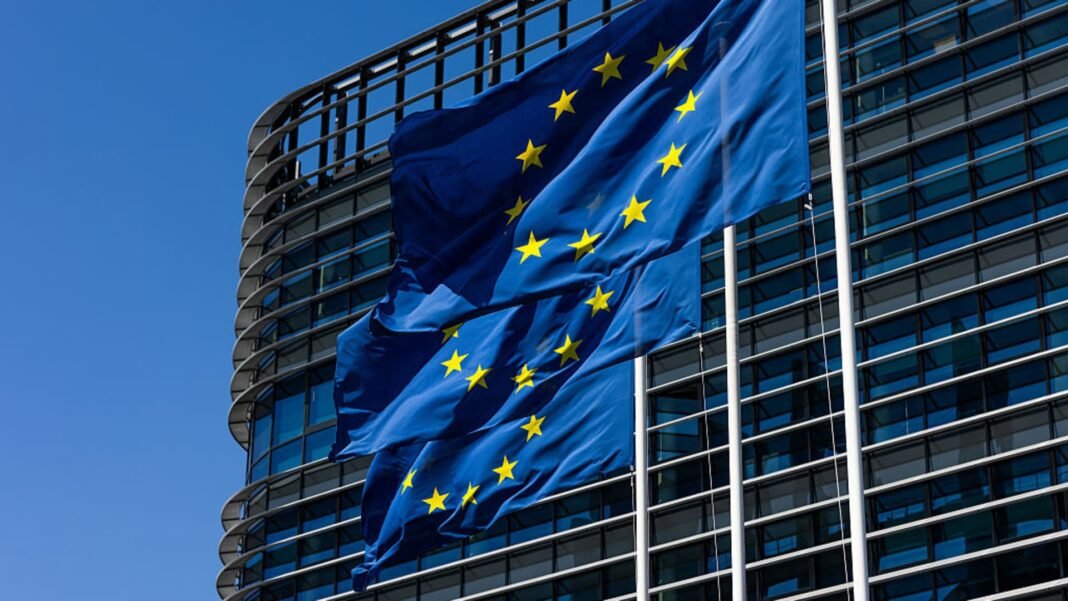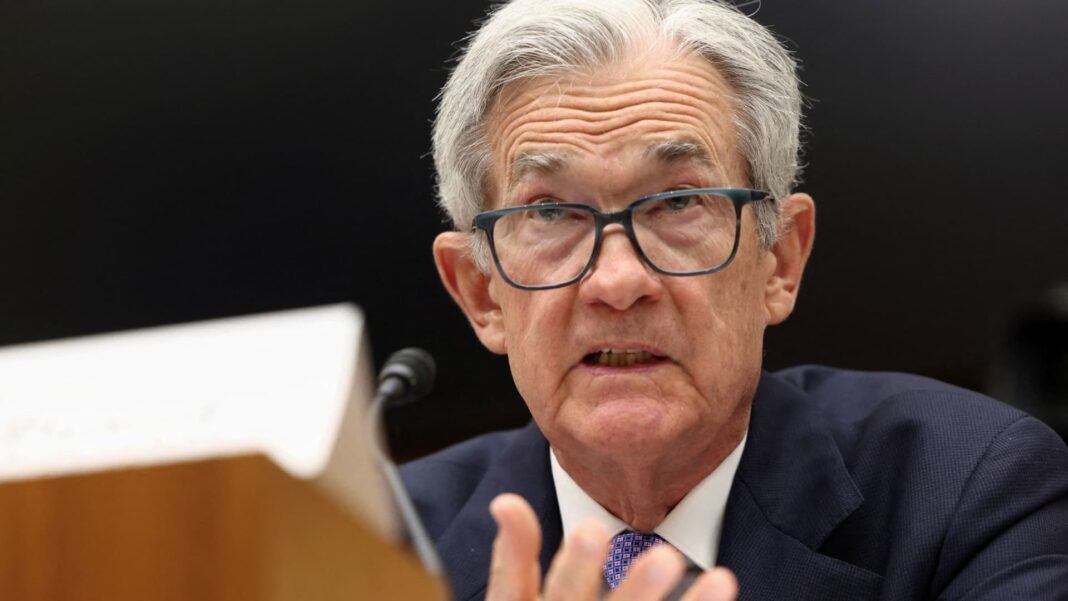U.S. Imposes 30% Tariffs on Imports from the European Union and Mexico
New Trade Policies to Take Affect Starting August 1
The United States government has announced it will implement a 30% tariff on goods imported from the European Union and Mexico, beginning August 1. This significant policy update was formally communicated to leaders in both regions, marking a notable shift in U.S. trade strategy.
Incentives for Domestic Manufacturing to Avoid Tariffs
The U.S. governance has made clear that thes tariffs can be circumvented if companies based in the EU or Mexico relocate manufacturing or assembly operations within the United States. This move is designed to encourage domestic production and alter existing supply chain dynamics.
Potential Escalation Through Retaliatory Tariffs
If either trading partner retaliates by imposing higher tariffs on American exports, the U.S. has warned it will respond by increasing duties beyond the initial 30%, perhaps intensifying trade disputes further.
Trade Volume Insights and Economic Implications
the European Union continues to be one of America’s top trading partners, with imports from EU member countries surpassing $570 billion in 2023-outstripping imports from any single nation. Meanwhile, imports from Mexico reached nearly $480 billion last year; combined, these two regions account for close to one-third of all U.S. import activity.
Concerns Over Supply chain Disruptions Raised by EU Leaders
European Commission President Ursula von der Leyen warned that such steep tariffs risk destabilizing critical transatlantic supply chains vital not only for businesses but also for consumers and healthcare systems across both continents. The EU remains open to dialog aimed at reaching an agreement before August but stands ready to enact proportional countermeasures if necessary.
Mexico Engages Diplomatically amidst Threatened Tariff Measures
A delegation from Mexico recently held talks with U.S. trade officials establishing a permanent bilateral working group focused on resolving key issues ahead of tariff enforcement dates. While mexican representatives expressed disagreement over what they view as unjust treatment,they emphasized ongoing communication as crucial for averting new tariffs.
Broadening Scope: Additional Countries Face New Tariff Rates
This proclamation follows similar notifications sent this week by Washington to more than twenty other nations-including Canada, Japan, Brazil-with tariff rates ranging between 20% and 50%. These actions form part of a broader strategy aimed at fostering more balanced global trade through reciprocal duties.
Evolving Global Tariff Landscape Compared to Previous Policies
This latest wave builds upon earlier initiatives where an approximate global baseline tariff near 10% was introduced alongside elevated levies targeting nearly sixty countries simultaneously-a move that initially caused volatility in international markets before being temporarily suspended pending further negotiations.
Status of Trade Agreements Amid rising tensions
- A temporary pause allowed progress toward preliminary agreements with select nations such as Vietnam and the United Kingdom;
- Treasury officials have highlighted these early deals as examples demonstrating how constructive negotiations can produce mutually advantageous results;
- The UK-U.S agreement notably includes a uniform 10% duty applied on British exports entering America;
- The current suspension of most new tariffs extends until August 1 when updated rates are set for implementation across affected countries.
Toward Increasing Baseline Global Tariffs?
The administration has indicated plans to raise its standard global tariff rate potentially up to 20%, applying uniformly across remaining countries without specific exemptions-reflecting an assertive approach intended to address perceived imbalances within international commerce going forward.





